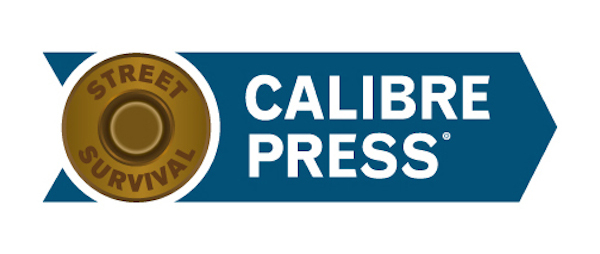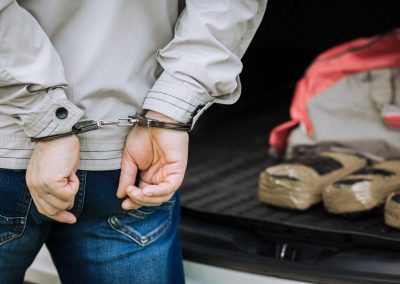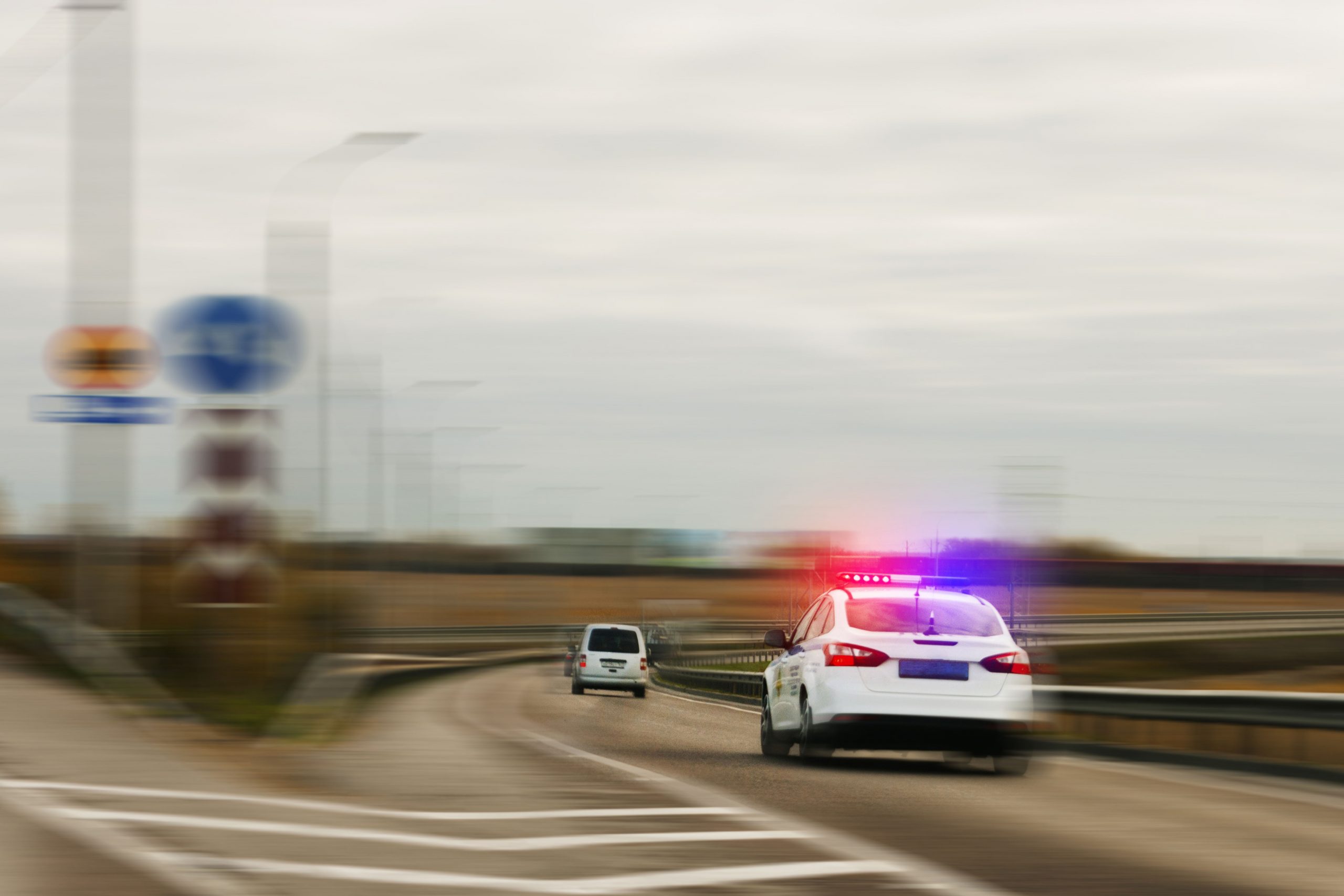License plate reader (LPR) technology has definitely been a game-changer for law enforcement, proving invaluable in both patrol and investigative efforts. When combined with effective analytics, LPR is capable of ferreting out suspects in crime series and closing previously unworkable cases. However, as noted in a previous article on LPR, the technology has been in the crosshairs of civil liberty advocates who claim LPR is unnecessarily invasive and undermines individual privacy. Bottom line: Some agencies have scaled back their programs or delayed ordering more equipment.
That’s a big mistake, in my opinion.

For more on this excellent topic, stay tuned for a webcast featuring Dale Stockton and Chief Scot Haug! Made possible by Vigilant Solutions.
The intent of this article is to help you ensure that your program is both defensible and effective. The time to address important issues is before they become a controversy on the front page of the local newspaper or as the subject of a negative editorial. Now is the time to ensure the long-term viability of your LPR program.
Make It Whole
Policy: Have a policy that outlines the program, its purpose and its scope. Don’t overlook the obvious—state clearly that your LPR system will be used in the field to identify wanted vehicles, protect critical infrastructure and solve criminal cases.
Controls: Identify who will be using the system and specify that access to data is both controlled and subject to audit. Ensure your system requires a unique and individual sign-on so that an effective audit can be conducted as necessary.
Practical Protocol: Provide guidance and training that will prevent problems. For instance, when an LPR alert indicates a wanted vehicle, an officer should: 1) confirm the plate was read properly; 2) confirm the state (LPR systems read letters and numbers but don’t currently differentiate the issuing state); and 3) confirm that the wanted status is still in effect.
Data Retention: Set a reasonable and appropriate retention period based on 1) any legal requirements in your jurisdiction; 2) operational and investigative needs; 3) data storage capabilities/limitations; and 4) a reasonable balance of the previous areas in light of public sensitivity.
LPR is Efficient: If you’re explaining your LPR system to a service group or a media outlet, point out that LPR technology simply does what officers are already empowered to do while using technology to make it more efficient. Before you dismiss this as oversimplification, think it through. Officers can look at a plate, check to see if it is wanted, write down the time, date and location of the observation and later refer to this information during the course of an investigation. LPR accomplishes these same tasks and technology expands the effectiveness exponentially. Efficiency and effectiveness are in the best interest of public safety and not an indication of inappropriate action on the part of law enforcement.
Following is a rundown of basic areas that too often get agencies in trouble.
Perspective: Put things in perspective as to how LPR actually works and the resulting data. Some critics have characterized LPR use as an unauthorized tracking of innocent citizens. A few have likened LPR systems to GPS tracking, pointing out that a U.S. Supreme Court case (Jones) determined that police use of long-term GPS tracking required court authorization.
LPR systems don’t “track” where a vehicle travels but they do provide information on momentary and random occurrences when a vehicle plate is captured by an LPR system. Whereas GPS tracking is continuous, LPR data captures are infrequent and short-lived. A GPS device is going to provide a 24/7 record of a vehicle’s travels, but LPR records are of a specific time and location where a vehicle was literally seen for a second or less. That’s not tracking.
Personally identifying information: Despite alarmist claims to the contrary, LPR records are not “personally identifying information,” a legal term that assigns a greater level of scrutiny to data which contains unique identifying information for a specific person.
LPR cameras capture images of a vehicle and its plate, not the person who is operating it. The identity of a driver and his or her relationship to a vehicle is never assured because vehicles are instruments that can be shared and borrowed. Even the name of the vehicle’s registered owner is unknown to law enforcement without a separate query of a secure database that leaves an audit trail. This is significant because it essentially negates the concern that LPR is gathering extensive amounts of personally identifying information.
Note: There may be PII information provided when an LPR system alerts on a vehicle. This is dependent on the information that was entered when the alert was originated. It is strongly recommended that you have a thorough understanding of your state and local laws as well as input from a legal advisor familiar with this area.
Know your audience: When you’re dealing with a media inquiry or citizen concern, avoid using terms or references that are inflammatory. When a wanted plate is identified it should be referred to as an “alert” rather than a “hit.”
Effective Data through Analytics
Once you’ve addressed the above areas, it’s time to make the most of the data that your system has been collecting. The best way to do this is with effective analytics. If you already have an operational LPR program, then the “back-end” system that was provided by your LPR vendor is the most available and cost-effective option.
Make sure you’re getting every possible use out of the software that came with your system. Check with the vendor to determine what features might be available, and ask whether there’s an available upgrade or if enhancements are planned. Also ask for a reference to an investigator who’s known for leveraging LPR data to solve cases. Once you find that person, take a look at what he or she is doing and see if your people can do the same or better.
If you’re currently shopping for an LPR system or considering upgrading your current system, do yourself a favor and take a close look at what the analytic capabilities are for the different systems. You’ll find a wide range of capabilities and some are much better than others. If you have a crime analyst or a detective who is good at sifting through data, have them sit down with the vendors under consideration and run through different scenarios such as addressing crime series, relationships between vehicles, frequency patterns, likelihood of finding a vehicle in a particular area, etc.
LPR data can help solve the unsolveable but you have to have the tools to effectively sift through the data. Although there are third-party analytic systems available, they are often expensive and sufficiently complex that it will usually require a competent analyst to get them operational. Your best bet is to have an LPR system that comes with a level of analytic function that will meet your need.
Shortened Retention & Unrealized Opportunities
One of the biggest impacts seen as the result of LPR criticism has been a shrinking retention period. Retention periods vary by state but many are measured in days. (The state of Maine limits retention to 21 days and the Virginia state legislature recently proposed a limit of seven days.) Keep in mind that many serious crimes are not reported in a timely manner and that it sometimes takes months to recognize that an individual crime is actually part of a much larger (and long-running) series. The reality of data analysis is that you can’t connect dots you don’t have. As retention periods shorten, the value of the data for investigative purposes is dramatically reduced.
In most states, there’s an exception permitted for how long the data can be retained if it is related to a criminal investigation. (Carefully read your state statute for the specifics.) In effect, these exceptions permit law enforcement to legitimately retain LPR data beyond the specified retention period if related to a criminal investigation.
But the use of this exception is virtually non-existent. The reason? Doing so requires software capabilities that are currently unavailable in today’s LPR software, and agencies haven’t sufficiently set up their crime analysis processes to determine the geo-temporal relationships of reported crime and available LPR captures.
If that last sentence went over your head, let me give you a real-world, non-tech parallel that police have been doing for more than 100 years. Consider this sequence of events.
1) A serious crime occurs.
2) Police respond.
3) Supervisor directs documentation of all vehicles within a specified distance of crime.
4) The resulting documentation (often pages and pages of handwritten license plates) is forwarded to investigators and is subsequently made part of the investigative case file.
5) The case file and the recorded license plates are retained as long as the case is active, plus whatever retention period is relevant for the reported crime. In the case of an unsolved homicide, this would be indefinite.
When you consider this routine police practice, it should be abundantly clear how LPR data could play a pivotal role in solving serious crimes if agencies had the ability to routinely “tag” LPR data that has a geo-temporal (location and time) relationship to reported crime. Once data is appropriately tagged, it could be legally retained as long as it was part of the criminal investigation.
Remember: Solving serious crime is exactly what the public wants us to do and this is probably why the legislation pertaining to retention periods makes an exception for LPR data relevant to criminal investigations. Unfortunately, this isn’t taking place because the ability doesn’t readily exist with today’s LPR software and agencies aren’t taking the steps required to identify this data before it is purged in accordance with the legislatively imposed retention periods.
Consider this plausible sequence of events if the above-described “tagging” capability were available.
1) A homicide occurs. The date, time and location of the crime are documented.
2) Using predetermined time span and location criteria, such as plus-or-minus eight hours and a one-mile radius, LPR captures are tagged as having investigative relevance to the reported crime.
3) The case goes unsolved, but ten years later, a cold-case homicide investigator receives a tip regarding a previously unknown suspect. Although the suspect claims to have been living in another state when the homicide occurred, investigators are able to prove that a vehicle registered to the subject was in the area of the homicide when it occurred. How? Investigators checked DMV records to identify vehicles registered to the subject at the time of the homicide. Investigators also reviewed LPR records (now more than ten years old) that were retained as the result of having been tagged as relevant to this homicide investigation. A vehicle registered to the subject is found to have been captured by LPR at a time and location that proves the subject’s vehicle was near the scene of the crime. (Keep in mind that if the LPR data isn’t appropriately tagged it will be purged in accordance with required retention period for data not related to a criminal investigation. Once purged, that data is forever lost and of no value to future investigative efforts.)
Conclusion
Identifying and retaining crime-relevant LPR data is a legitimate and powerful way to improve use of LPR systems and provide meaningful investigative leads for the investigation of serious crimes. To be effective, the process needs to be simple, straightforward and as automated as possible.
This is an area where vendors need to step up and help agencies determine how they can work with their incoming data so that investigative capabilities can be improved. Depending on the technology used by a given agency, this could mean a combination of systems. For example, an interface between records management software and the LPR database. For their part, agencies must take responsibility for addressing the current gap in capability by developing a strategy for effectively linking the time and location of serious crime with incoming LPR captures so they can be retained until the crime is solved or the statute of limitations expires.
Finally, pay attention to evolving public sentiment and ensure that your LPR system is used properly and responsibly. Be proactive in your efforts and help ensure the long-term success of your LPR program as a force-multiplying, crime-fighting tool. Look at the way that you’re currently using your data and strongly consider developing a system to tag LPR data relevant to the investigation of serious crime. It’s in the best interest of all concerned.










0 Comments